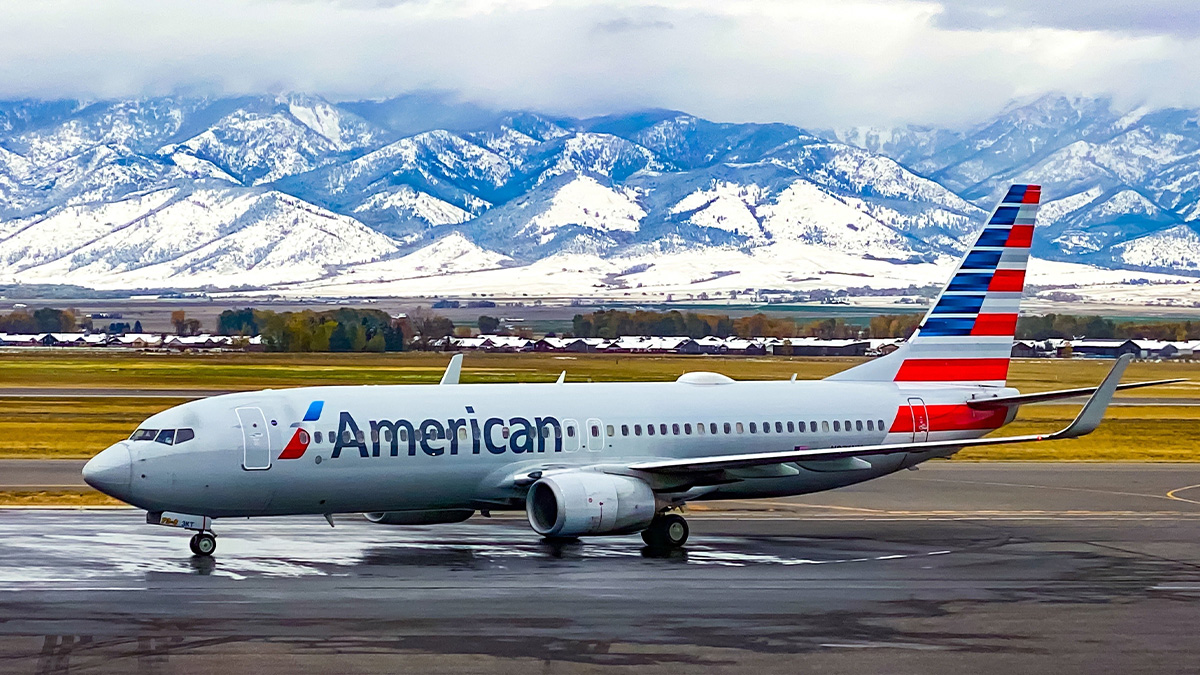New York, NY — Early Tuesday morning, a sudden and unexpected technology failure brought American Airlines’ vast network of flights to a halt, causing disruptions for thousands of travelers during one of the busiest holiday travel periods of the year. The airline attributed the interruption to a vendor’s technology issue, which briefly incapacitated its ability to manage critical flight operations. Although the system has since been restored and flights resumed, passengers faced extensive delays as the airline scrambled to recover.
American Airlines’ operations rely heavily on a sophisticated digital infrastructure to ensure seamless coordination of its vast fleet. The Allied Pilots Association, representing the airline’s 16,000 pilots, revealed that the airline’s Flight Operations System (FOS) was at the center of the problem. This system is integral for managing key processes such as passenger boarding, flight dispatch, and crew scheduling. The outage temporarily rendered the airline unable to release flights from their gates, leading to the nationwide ground stop. Although American Airlines did not confirm the specific system involved, it acknowledged the significant operational challenges caused by the incident.
The Federal Aviation Administration (FAA), in response to the situation, issued a nationwide ground stop for American Airlines flights at the company’s request. The FAA’s directive remained in place until American Airlines’ systems were restored later in the morning. By approximately 8:00 a.m. ET, the airline resumed boarding and departures, though the cascading effects of the outage lingered throughout the day. Passengers faced significant delays, with data from aviation analytics firm Cirium indicating that only 37% of American Airlines flights departed on time. However, 93% of the day’s flights eventually took off within two hours of their scheduled departure times, highlighting the airline’s concerted efforts to recover quickly.
The disruption occurred on a day when American Airlines was scheduled to operate more than 3,300 domestic flights. The airline’s spokesperson, Sarah Jantz, reassured travelers that recovery efforts were well underway. “It’s all hands on deck as our team works diligently to get customers where they need to go as quickly as possible,” Jantz said. She also noted that the airline’s staffing levels and backup systems were sufficient to mitigate further cancellations, emphasizing that delayed customers should experience minimal disruption.
Passengers shared a mix of frustration and understanding as they navigated the delays. David Myers, a 62-year-old disaster consultant traveling from Salisbury, Maryland, to New Orleans with his wife, described the experience as inconvenient but manageable. “It’s Christmas Eve, so complaining doesn’t seem quite right,” Myers said. “Safety always comes first, but better communication at the gate would have been helpful.” Many passengers took to social media to voice their concerns, with some reporting delays of up to 90 minutes and others sharing videos of airport staff explaining the outage’s impact.
The ripple effects extended beyond American Airlines. According to FlightAware, more than 1,000 flights operated by various carriers were delayed across the United States on Tuesday. While some of these delays were attributed to winter weather in the Northeast and general airport congestion, the American Airlines outage played a significant role in the day’s disruptions. Nevertheless, cancellations were minimal, with just 26 flights scrubbed nationwide.
The incident also drew attention to the broader challenges of maintaining operational reliability in an industry heavily reliant on advanced technology. This outage is the latest in a series of technology-related disruptions affecting major airlines. In July, a global tech failure caused widespread chaos across multiple carriers, with some taking days to recover. Similarly, in December 2022, a severe winter storm exposed vulnerabilities in Southwest Airlines’ outdated systems, leading to thousands of cancellations and sparking federal investigations. While American Airlines’ systems have generally proven more resilient, Tuesday’s events underscore the critical importance of robust digital infrastructure.
Financial markets reacted swiftly to the news, with American Airlines’ stock initially falling nearly 3% in premarket trading. However, investor confidence rebounded following the resolution of the outage, and the stock closed with a modest 1% gain. The airline expressed gratitude to its passengers for their patience and reiterated its commitment to minimizing disruptions. “We deeply regret the inconvenience caused and are working tirelessly to ensure this does not happen again,” the company said in a statement.
As operations normalized throughout the day, the incident served as a stark reminder of the complexities and challenges inherent in managing one of the world’s largest airlines. While the immediate crisis has passed, the episode has undoubtedly reinforced the need for continual investment in reliable and resilient systems to prevent similar disruptions in the future.






